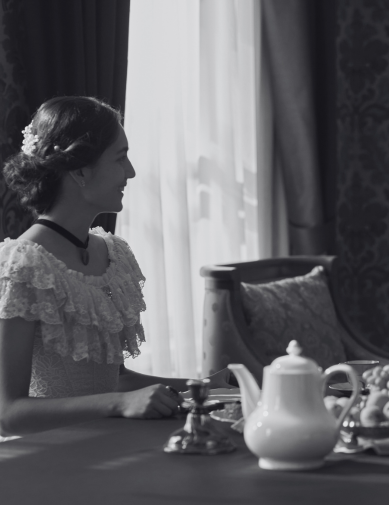History of Tea
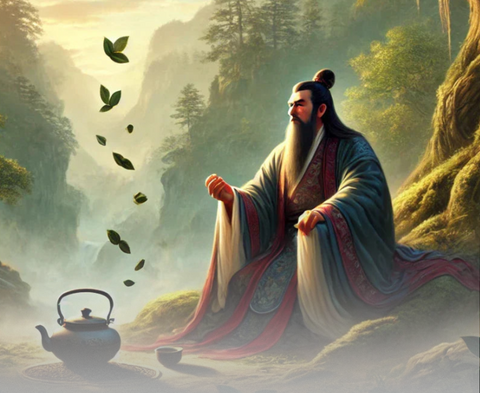
The Legend
Let us start with the obligatory origin of tea story about how Chinese emperor, Shen Nung was relaxing under a Camellia sinensis tree (yes the tea bushes if left unpruned grow into beautiful trees but the quality of tea would not be that great) while his servant boiled drinking water in a pot. Now picture this, a serene warm afternoon, a mild breeze and some leaves from the tea plant fall into the pot of boiling water. The servant being a bit lazy decided not to boil another pot of water but serve the great emperor the “water” as it were. Thus was served the first cup of Afternoon tea and a tradition was born.
People in India will however swear that tea originated in India and was taken to China by Indian Buddhist saint Bodhi dharma (who is accredited to be the founder of Zen Buddhism) when he left to preach Buddhism in China. Another story that does the rounds is that of Bodhi dharma cutting his eyelids off so that he wouldn't fall asleep while meditating, and from these severed eyelids sprang forth the first tea plants. Well, this story is not everyone’s cup of tea but you can take your pick depending on what kind of literature you like to read with your cuppa.
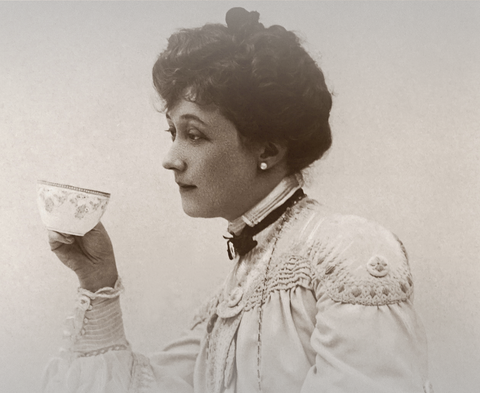
Ancient Tea Culture
While the above stories may just be fables, and there is no concrete proof of the origin of tea, there are plenty of historical evidences of the presence of tea in both these ancient civilisations. Ancient texts of both India and China mention tea at various times as an aphrodisiac, preserved food, medicinal drink and a staple beverage. Tea has been mentioned in Vatsayana’s “Kamasutra”. And if ancient wisdom is anything to go by, the next time you're out on a hot date, don't forget to grab a pot of tea. It is the subject of one of the the first monographs (a book covering a single topic) by Tang dynasty writer Lu Yu. However, the fact remains that ancient tea culture developed more extensively all over the Chinese kingdom while documented use of tea in India in the early days was limited to a few tribal populations in and around Assam.
From China, tea culture was taken to Japan, possibly by Buddhist wandering monks in around the 8th Century. In Japan, tea culture was polished to finesse. By the 12th century, every posh house had a separate tea room. Tea houses were born where you could rest, meet friends and leave your troubles behind you, much like a pub of today. Various tea places had their own “tea masters”, ancient PhDs in anything tea.
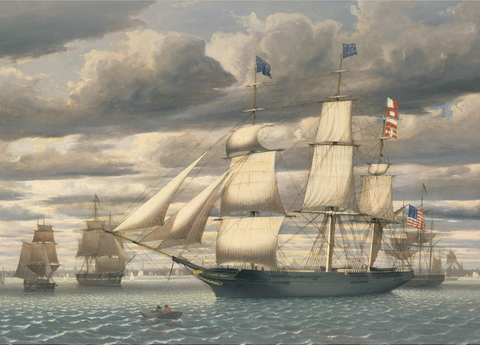
Spread Into the West
While one could wax eloquent about the extent of spread of tea in the East, let us leave aside the details and launch our time machine a bit further into the future when tea began to spread into the West.
Tea was only introduced to the west around 400 years ago by Dutch and Portuguese adventurers who sailed off to find the end of the world and found tea instead. Till now the only form of tea being sold was green. Suddenly in order for tea to be transported a thousand miles away to the West, the tea needed to be processed into black so that they lasted longer. And the Chinese were the first to process black tea too! Tea drinking was initially picked up by the French who then ditched tea for coffee. In other parts of Europe including Britain, tea was considered just a medicinal drink. It was left for a lady with taste, Portuguese princess, Catherine of Braganza, future wife of King Charles II, to make tea drinking a fashion statement among the English when she arrived at court in 1662.Thus began the craze for black tea that sold for fabulous prices and was highly regarded by the bourgeois. So initially only the posh drank tea.
Now since tea was so expensive, some scrupulous criminals decided to earn their gold using tea. They indulged in smuggling and selling tea that was not actually tea—it normally was dried ordinary leaf coloured to look like tea with anything from harsh chemicals to dried poo. Then in the late 1700s, the government reduced the taxes levied on tea from 119 percent to 12.5 percent. This lead to tea being more affordable and gaining popularity as a favourite beverage among all. Tea would now qualify as ‘the great leveller’.
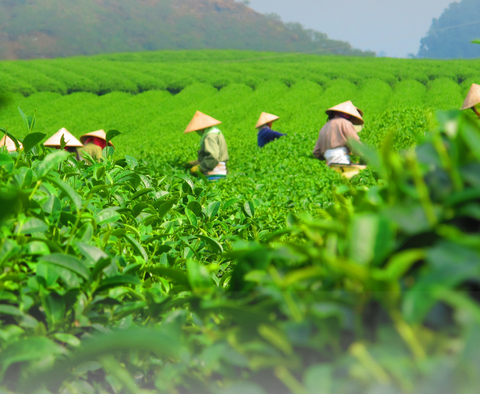
Breaking the Chinese Monopoly
Now all this while, Tea came to the West from China. In those days, the sun never set on the English empire, but China was most certainly not English. China was willing to trade with Britain, but not give away the secrets of growing tea. But Britain had to break Chinese monopoly on tea. Exciting adventures abounded like that of a Scottish botanist who grew pigtails to blend in as a Chinese merchant to steal tea from China thus committing the greatest ever corporate espionage. In the meantime, tea was also discovered in Assam (India) with the Singpho tribe actually drinking a traditionally prepared variation of this beverage. This tea was a variation of the tea found in China; with larger leaves and stronger liquor as opposed to the Chinese small leaves, weaker liquor and a more floral flavour. The British were more comfortable with growing tea in British soil which India was then. This is how Tea came to be planted in India first in Assam.
Assam was just not enough to satiate the thirst of the British tea drinkers. Experimental tea planting began in different parts of India. In Darjeeling, a surgeon Dr Campbell used the stolen Chinese tea varieties to successfully grow tea plants in the 1840s. Chinese teas thrived in the Darjeeling area and developed a different flavour due to the different soil and altitude. Commercial development began in the 1850s and thus was born the ‘Champagne of teas’, Darjeeling.
Gradually Tea was also introduced to Sri Lanka (then Ceylon) another British colony and Britain beat China in the production of teas.


